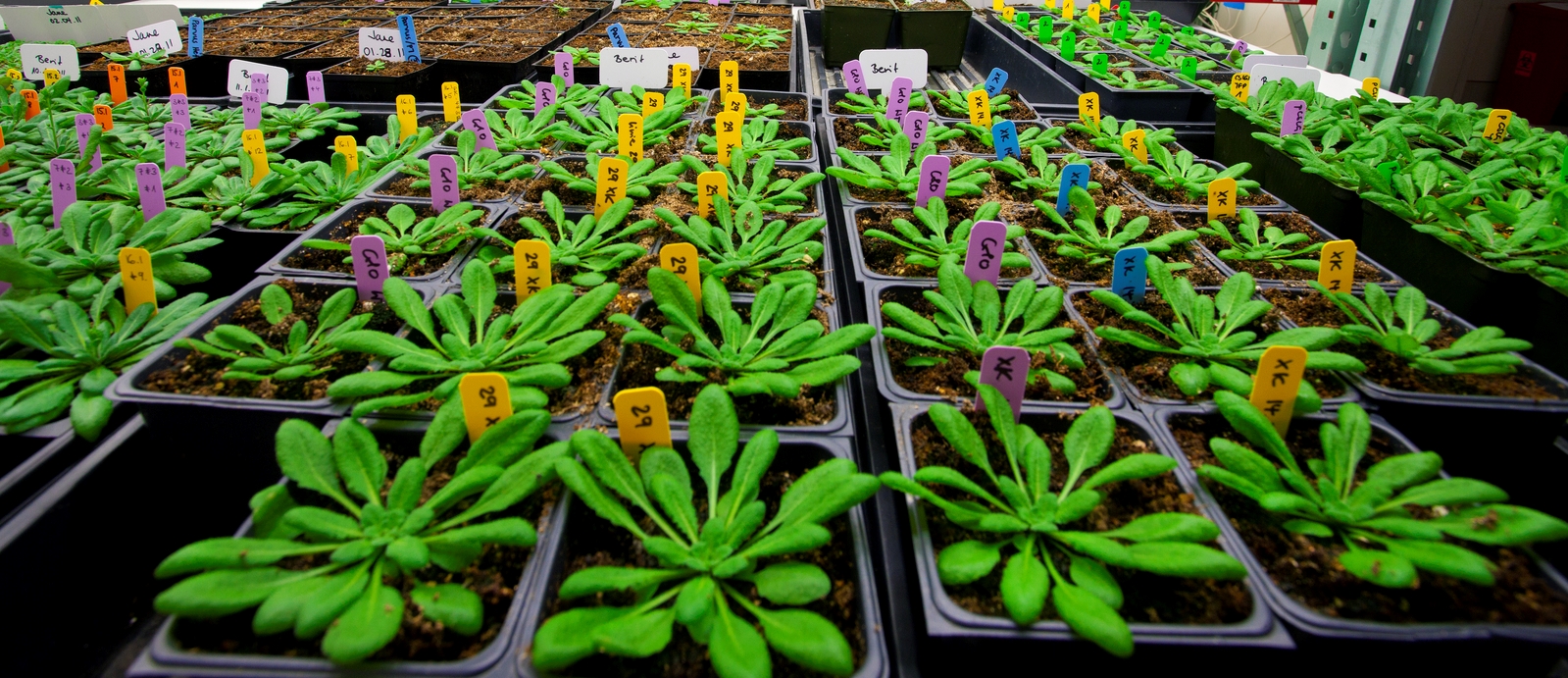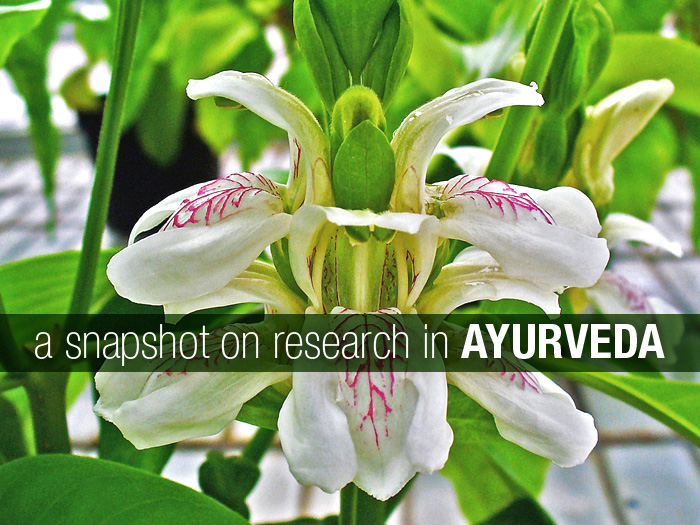Research is the backbone of development in any field. Ayurveda has close association with yoga unanimous with the relationship between body and the mind. A research article published by AVP Coimbatore, India speaks extensively of the research scenario in Ayurveda which throws light on the scientific basis of the field. A jest of the article is penned down as below.
Ayurveda witnessed a shift towards rational principles in the practice of medicine, at a very early stage in its evolutionary history. The early classical Ayurveda textbooks (samhitas) talk about the validation of knowledge and distinguish between real and chance effects of therapy.
These works also contain elaborate methods to study properties of drugs, to develop new medical formulations, and protocols to study and understand the occurrence of new diseases. Research, it appears, was therefore in some way ingrained in the tradition of Ayurveda from the very bouncy castle for sale beginning. Yet, there is no evidence of organized research activities in the evolutionary history of Ayurveda, nothing of the kind that can be compared with modern medical research. For centuries, Ayurveda seems to have perpetuated itself as a tradition of practices and knowledge transmitted through apprenticeship or more formal methods of pedagogy, in some instances akin to a university education. Research in the modern sense of the word is a recent development in the field of Ayurveda, it seems.
The encounter with western medicine sparked the debate in modern times regarding the necessity of research in Ayurveda. For quite some time, staunch traditionalists swore that Ayurveda was time-tested and that there was no scope for any new research. on the other hand, the progressive-minded emphasized that Ayurveda needs to be subjected to the acid test of scientific scrutiny and only what survives can be accepted. The truth seems to lie somewhere in between these two extreme views. Just because Ayurveda has a continuity of tradition spanning many centuries, cannot be reason enough for its authenticity and its acceptance as a whole. An obvious reason is that there have been interruptions in the transmission of Ayurvedic knowledge as well as ups and downs in its evolution. There is evidence that much of the knowledge preserved by oral traditions has been lost in the passage of time. Therefore, it is necessary to revisit Ayurveda and find proper applications of it for present times.
importantly though, the reductionist methods of modern science cannot be blindly accepted and used as a suitable yardstick to measure the worth of Ayurveda. Perhaps we need to develop methods of evaluation and validation outside the purview of modern science; or scientific methods could be tweaked to make it more appropriate for Ayurveda; or new methods of enquiry and validation could be developed and expanded on the basis of the epistemological premises of Ayurveda itself? in all honesty, the Ayurvedic community has not yet been able to develop a clear perspective of the kind of research needed to give it a push as a credible system of medicine and a knowledge system in its own right.
The beginnings of modern research The beginnings of modern research in Ayurveda can be traced to the pre-colonial period and the first encounters of Europeans with indigenous healthcare systems in India. during this period, many traditional medical practices like rhinoplasty and smallpox inoculations4 were documented. The Portuguese physician Garcia da orta was the first European to describe drugs from Ayurvedic pharmacopoeias. Hendrik Van Rheede, the Dutch Governor of Malabar, later commissioned the work on the Hortus Malabaricus, which documents the medicinal wealth of plants in Kerala, with stunning drawings and notes. Much of the research that followed has been from a medical historical, linguistic and philological point of view. in the span of one-and-a-half centuries scholars like Hoernle, Filliozat, Roşu, Zimmerman, Leslie, meulenbeld, wujastyk and others, built a body of knowledge centered around Ayurveda bringing to light many unknown facts about the Indian medical tradition. Jan meulenbeld’s History of Indian Medical Literature deserves special mention here because this monumental work comprehensively surveyed the history of Ayurvedic literature like never before. however, much of this research has approached Ayurveda from a historical and philological point of view.
Though India’s first prime minister Jawaharlal Nehru emphasized the need to initiate research in Ayurveda with inputs from modern science, and the father of the nation mahatma Gandhi also pointed out the need to validate the practices of Ayurveda, it took a long time for independent India to establish organized and formal mechanisms for systematic research in Ayurveda. even today, much is still unprocessed in terms of the quality and direction of the research initiatives in the field of Ayurveda.
Today’s research Today’s institutional research environments for Ayurveda are broadly of three kinds.
The first constitutes postgraduate and doctoral programs in Ayurveda educational institutes. here Ayurveda students learn the first lessons of research. The compilation of research theses deposited in the Ayurveda schools have revealed a large number of titles ranging from literary to experimental and clinical research.8 much of this research seems to be flawed in methodology and quality, and barely a handful is ever published or scrutinized by peers in the field. The apex for research is the central council for Research in Ayurvedic sciences (ccRAs)9 run by the Government of india, with various units spread out in the length and breadth of the country, constituting the second environment for research in the government sector. The council has many publications to its credit, conducts research in specialized areas, and also funds research done at other organizations through grants offered under an extramural scheme. The council is, however, criticized for not generating outputs that could actually have an impact on the global scientific community at large. The third category of research institutions are in the private sector,bouncy castle undertakings that are mostly attached to the pharmaceutical industry and engaging in research related to quality control and standardization of commercially manufactured Ayurvedic medicines. many such research units are recognized by the Government of India as siRos (scientific and industrial Research organizations). An example is the Dabur Research Foundation. in a limited way, modern scientific institutions provide a fourth environment for research on Ayurveda.
what is absent is systematic research on the fundamentals of Ayurveda, especially with a focus on the epistemological premises of Ayurveda. modern positivist scientific research on Ayurveda was for a long time more or less centered on ethnobotany and ethno pharmacology. Ayurvedic pharmacopoeias were seen as a rich source of information that could provide leads for the development of new drugs with the help of modern drug discovery protocols. ethnobotanical surveys listed medicinal plants used by indigenous medical traditions and attempts were made to isolate the active molecules to discover so-called new chemical entities. The discovery of reserpine, derived from the plant Rauwolfi a serpentina, was hailed as the blueprint for similar breakthroughs in the future. Much of the Ayurvedic research in institutes across the country still follows similar lines, although these eff orts have not led to any major achievements in drug development. The Golden Triangle Initiative under the New Millennium Indian Technology Leadership Initiative (NMITLI) is an attempt to bring traditional medicine, western biomedicine and modern positivist science together to spark new pathways in drug development, based on clues from traditional medical systems like Ayurveda. The Golden Triangle Project is being implemented through high level bodies, including the Central Council for Research in Ayurvedic Sciences (CCRAS), and has created limited possibilities for modern scientists and Ayurvedic physicians to work together, but has yet to make any major impact…(more)
To read the full article please download our Asana Journal App or purchase Issue 172 April 2017.




















 Other
Other